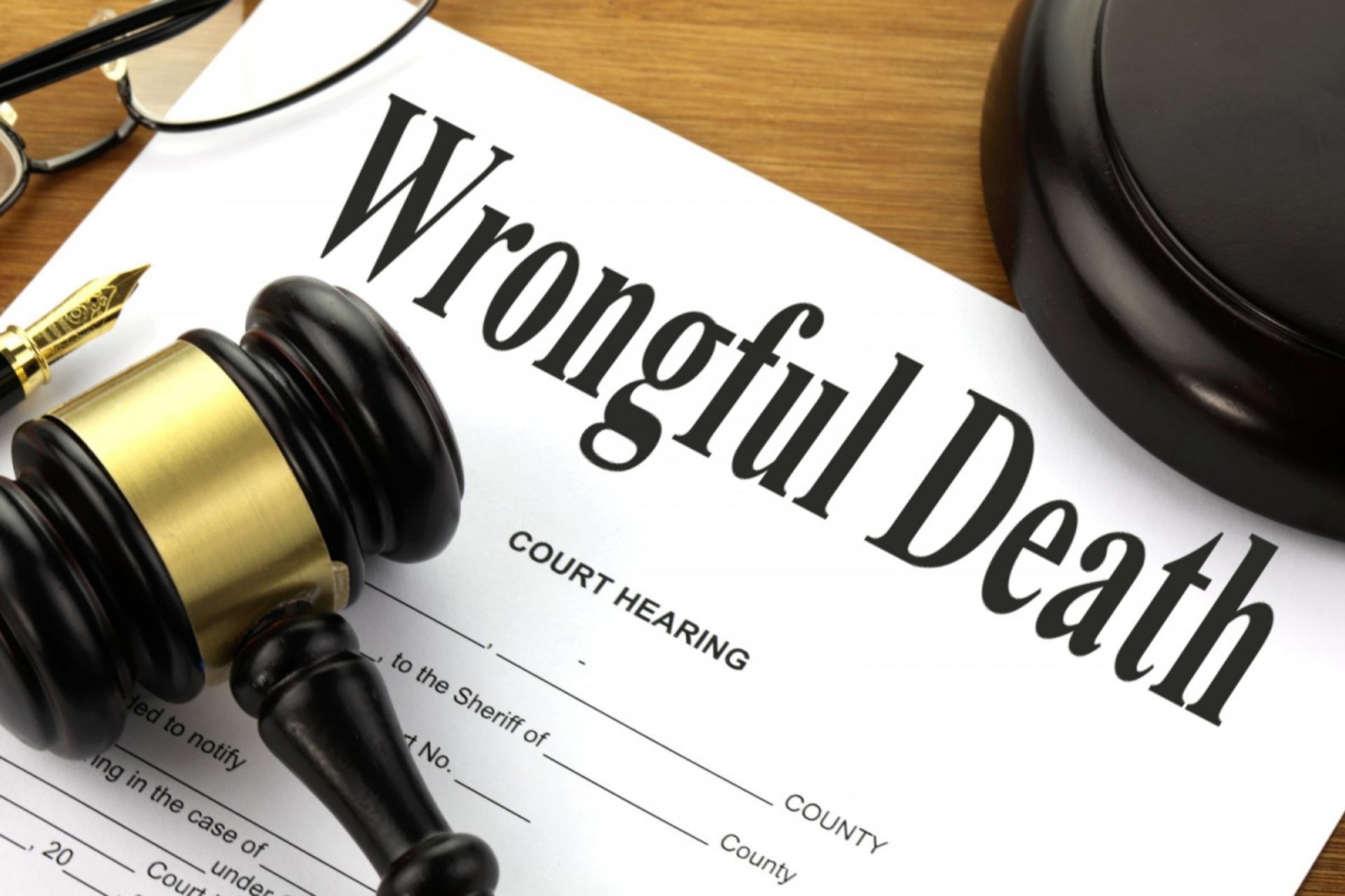Now Reading: What to Know About New Jersey’s Choice No-Fault Statute
-
01
What to Know About New Jersey’s Choice No-Fault Statute

What to Know About New Jersey’s Choice No-Fault Statute
Imagine driving through the vibrant streets of New Jersey, the skyline in your rearview mirror, and suddenly, you’re in a fender bender. Your next steps, guided by the state’s unique auto insurance laws, could significantly differ from those in many other states. New Jersey stands out with its choice no-fault statute, a policy offering drivers a distinctive path following auto accidents. This article delves into the intricacies of New Jersey’s approach, comparing it with states lacking such statutes and highlighting what makes the Garden State’s policy a rare find in the U.S. auto insurance landscape.
Understanding No-Fault Insurance
At its core, no-fault insurance means that after an auto accident, each party files a claim with their own insurance company, regardless of who was at fault. This system aims to speed up compensation for losses without the need for lengthy legal battles to determine fault. New Jersey’s twist on this system adds a layer of choice, empowering drivers to select between a no-fault policy and the option to retain the right to sue for any accident.
The Choice No-Fault Statute Explained
New Jersey’s choice no-fault statute is unique because it allows drivers to choose at the time they purchase their auto insurance. This choice impacts their rights and options in the event of a traffic accident. Opting for the no-fault option means agreeing to a limited right to sue, trading off the potential for suing for pain and suffering unless injuries are severe, as defined by law. Conversely, choosing the traditional option keeps the right to sue for any and all injuries.
Comparison with Other States
In contrast to New Jersey, states without a choice no-fault system either adhere strictly to at-fault laws, where the driver who caused the accident bears financial responsibility or maintain a pure no-fault stance, restricting the right to sue. New Jersey’s model offers a hybrid, blending the benefits of quick claim resolution with the flexibility of legal recourse, depending on the policyholder’s initial choice.
Auto Insurance Premiums and Coverage Levels
The decision between no-fault and traditional coverage in New Jersey also influences insurance premiums and available coverage. Opting for no-fault generally results in lower premiums due to the limitations on suing. However, this comes at the cost of potential coverage limits, especially for medical expenses and loss of income, which are pivotal in the aftermath of a serious accident.
The Right to Sue
The choice of no-fault insurance significantly affects a driver’s legal rights post-accident. Those who opt for no-fault coverage limit their ability to sue other drivers for damages, except in cases of severe injury. This limitation underscores the importance of understanding one’s policy choices and their implications thoroughly before making a decision.
Seeking Legal Counsel
Navigating the aftermath of an auto accident in New Jersey can be complex, especially when determining the best course of action within the framework of the choice no-fault statute. This complexity makes consulting with the best accident lawyers in New Jersey a prudent step. These legal professionals can offer invaluable advice on navigating insurance claims, understanding policy implications, and, if necessary, pursuing legal action. Their expertise ensures that drivers make informed decisions that are aligned with their rights and the specifics of their situation without the process feeling like a sales pitch.
The Impact on Accident Claims
The choice no-fault statute directly influences how accident claims are handled in New Jersey. Drivers with no-fault insurance may find the claims process smoother and less contentious, focusing on recovery rather than fault determination. However, this streamlined process does not negate the importance of meticulous documentation and prompt action following an accident, ensuring that all necessary benefits are received.
Final Thoughts
In conclusion, New Jersey’s choice no-fault statute offers a unique and flexible approach to auto insurance that stands out among the myriad systems across the United States. By allowing drivers to choose between no-fault coverage and the traditional right to sue, the state empowers individuals to tailor their auto insurance to their specific needs and preferences. This system, while complex, provides a balance between the expedited claims process of no-fault insurance and the legal recourse available in at-fault systems. Understanding the nuances of this choice is crucial for New Jersey drivers, as it affects not only their insurance premiums and coverage but also their legal rights in the event of an accident. As such, making an informed decision—with the guidance of skilled legal counsel when necessary—can significantly impact the aftermath of an auto accident, ensuring that drivers are adequately protected and compensated.










